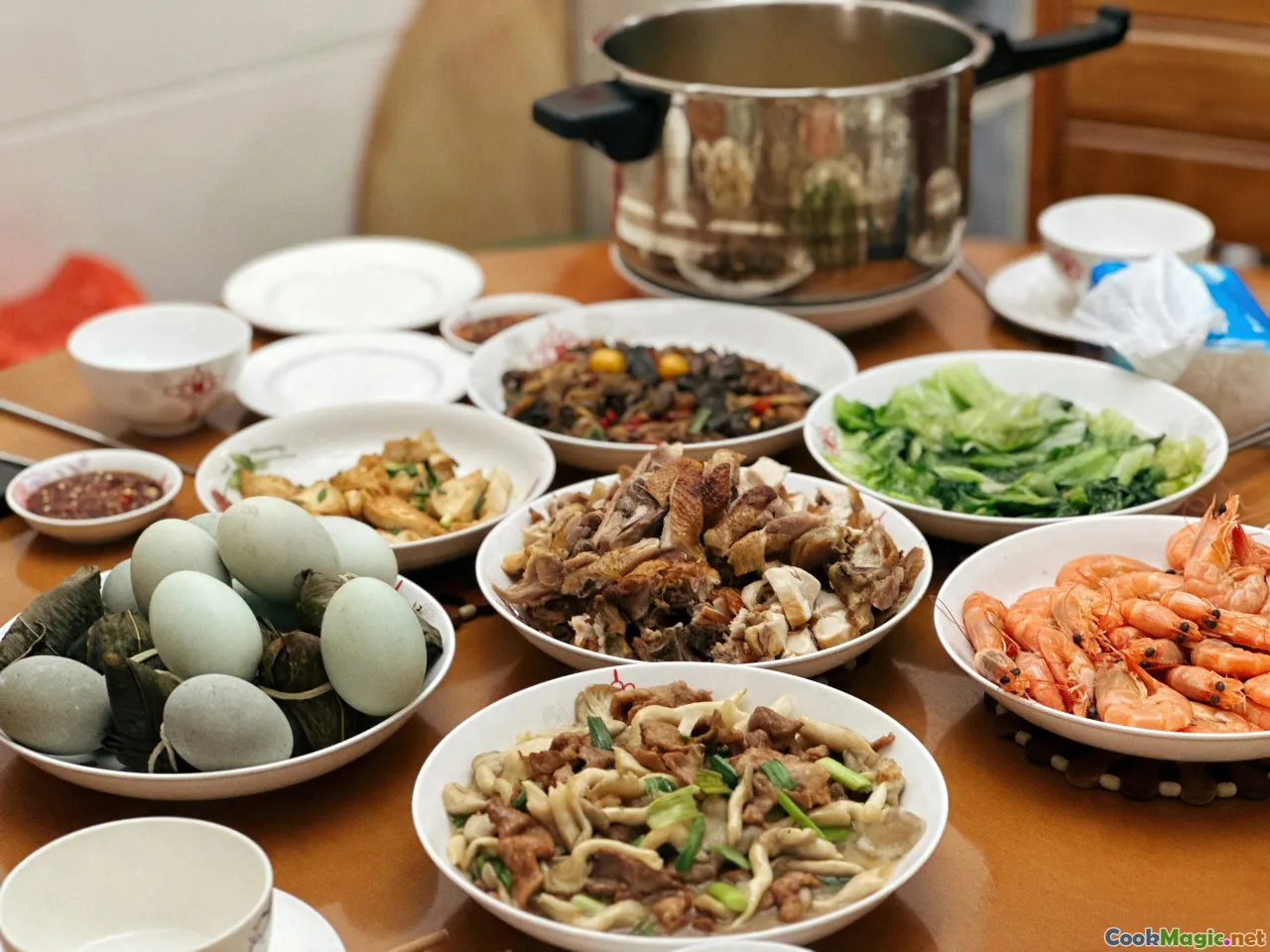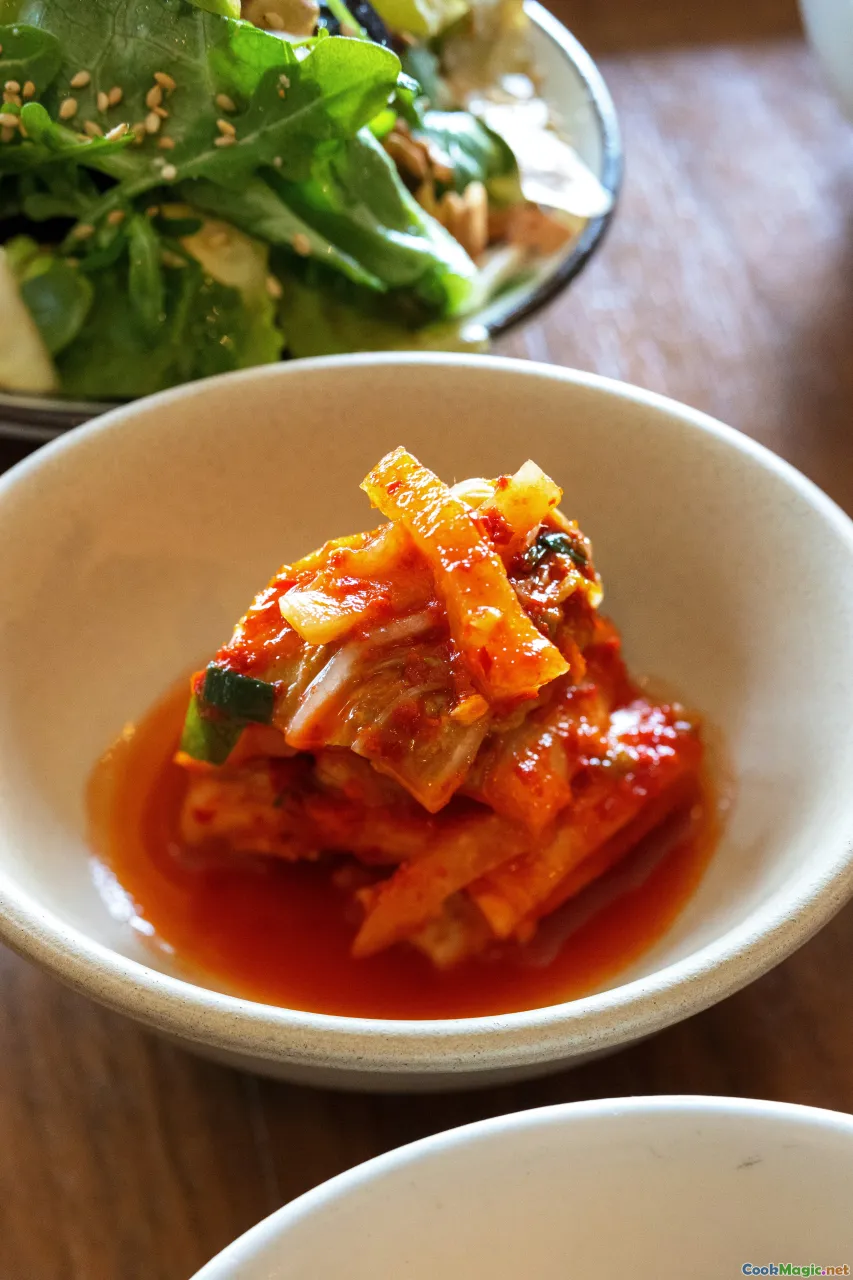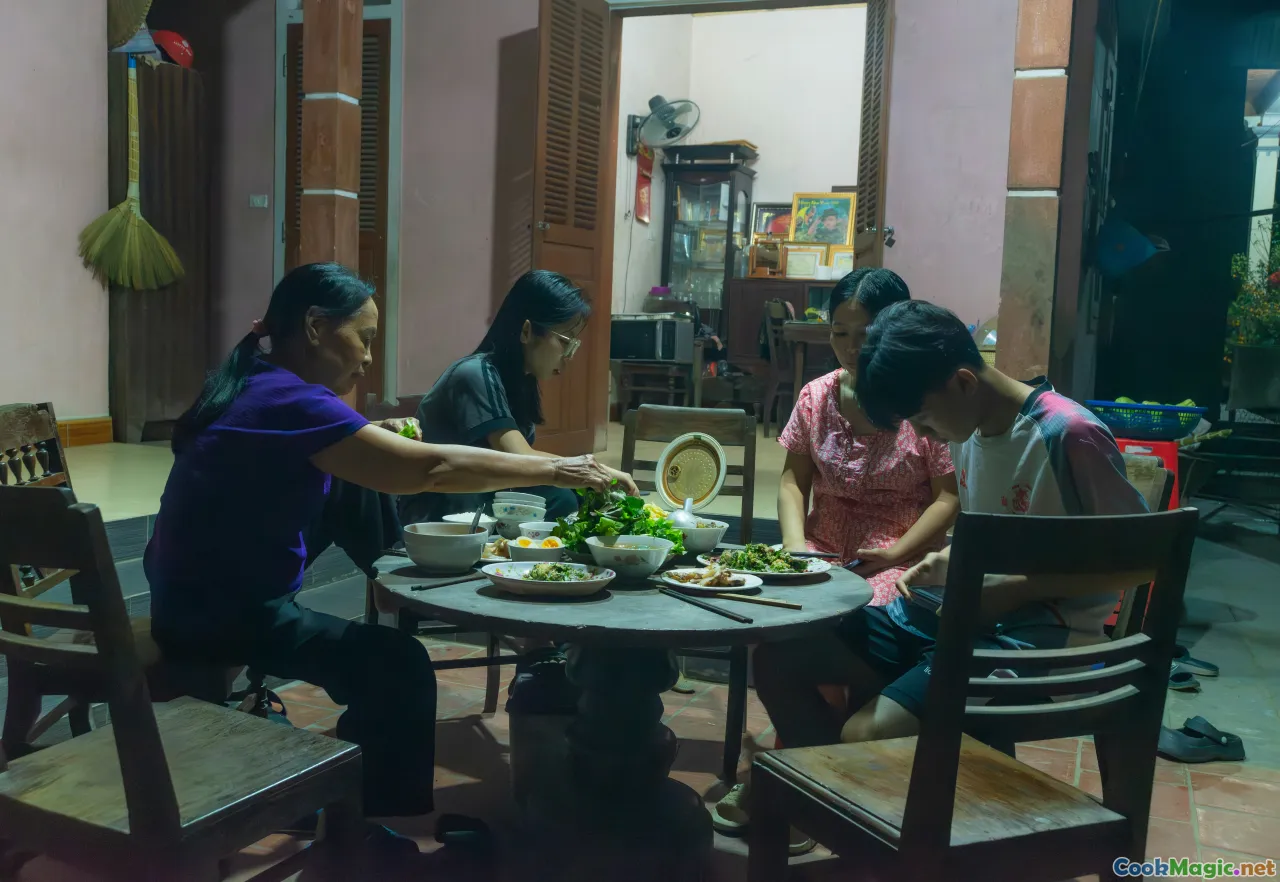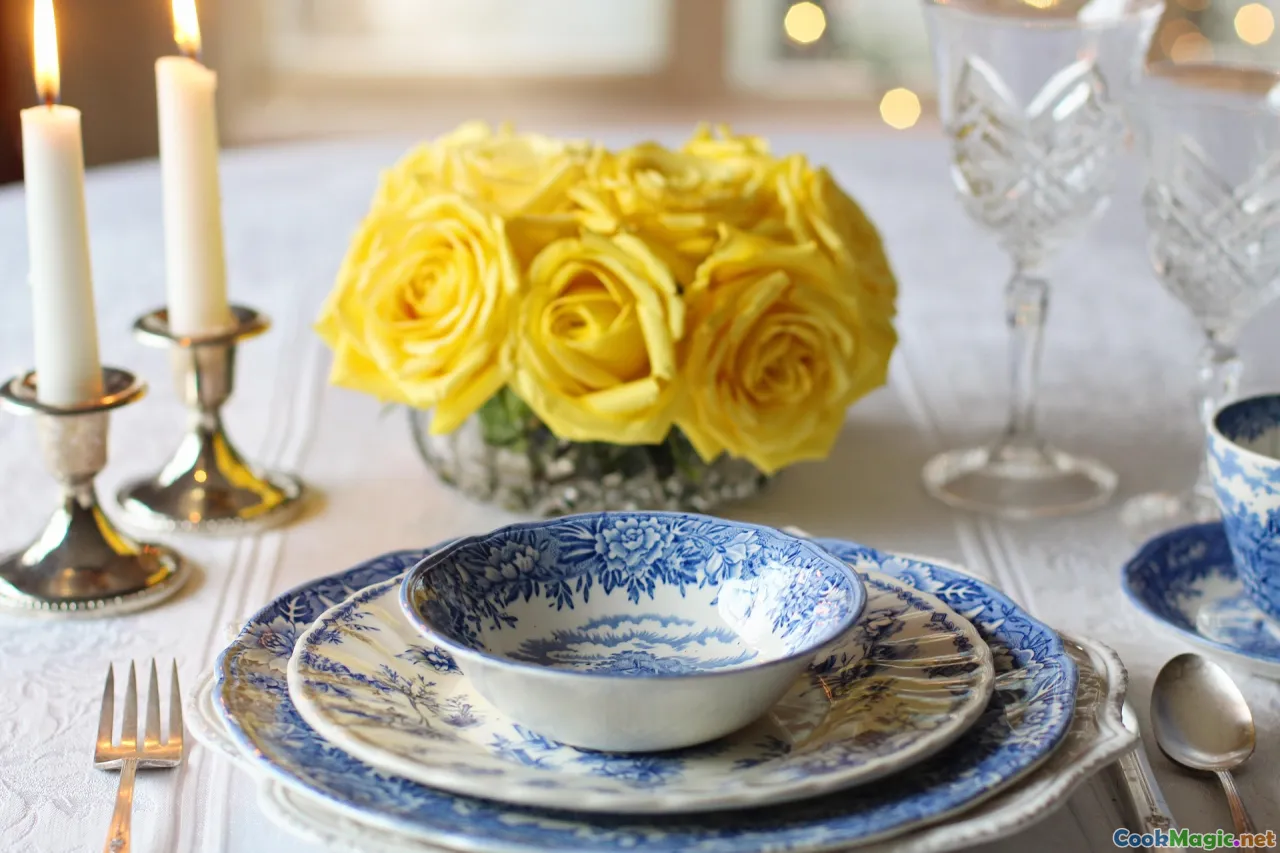Banchan Small Dishes That Transform Every Meal
11 min read Discover how various banchan elevate Korean meals with vibrant flavors and cultural significance, transforming every dining experience. August 23, 2025 21:05
Banchan Small Dishes That Transform Every Meal
Korean cuisine is a symphony of flavors, textures, and colors. At the heart of this vibrant culinary world are banchan—the small, diverse side dishes that accompany every meal like secret seasoning, ready to elevate even the simplest of rice bowls into a feast for the senses. These tiny plates of pickled vegetables, fermented delicacies, and seasoned greens aren’t just fillers; they’re the soul of Korean dining, embodying centuries of tradition, community, and culinary innovation.
Imagine the first time you sit down at a bustling Korean restaurant or a cozy home table. The array of banchan that greets you isn’t merely an appetizer; it is a prelude to the shared experience, a mosaic of flavors harmonizing in your mouth with every bite. From the tangy punch of kimchi to the sweet-savory delight of jeon, each dish has a story, a cultural essence that transforms an ordinary meal into something extraordinary.
Let’s delve into the world of banchan, exploring how these small dishes wield enormous power to enhance every Korean meal, offering tips, comparisons, and stories that will deepen your appreciation and inspire your culinary adventures.
The Cultural Significance of Banchan in Korean Cuisine

In Korea, banchan isn’t just food; it’s a reflection of history, geography, and social structure. Traditionally, these small dishes symbolize abundance and hospitality, an offering of respect and warmth from host to guest. Historical records show that during the Joseon Dynasty, elaborate banchan assortments were reserved for the aristocracy, but over centuries, they became a staple for all households, flexible to regional ingredients and local flavors.
Eating together around a communal table filled with various banchan fosters connections—not just among people but with the land and seasons. Each dish whispers stories of Korea’s agricultural cycles, climatic nuances, and cultural exchanges across Asia.
The act of sharing banchan turns a meal into a ritual of togetherness, emphasizing the importance of community, humility, and tradition. They transform simple rice and soup into an immersive cultural experience, bridging past and present, family and strangers.
The Classic Banchan That Define the Korean Table

While the variety of banchan is virtually endless, some dishes are iconic, instantly recognizable, and universally loved.
Kimchi: The Soul of Korea
Arguably the most famous banchan, kimchi is more than fermented cabbage—it’s a fragrant, spicy, tangy explosion. Less a side dish and more a living centerpiece, its aroma of garlic, red pepper, and fermenting cabbage energizes the senses. Variants include baekkimchi (white kimchi), kkakdugi (cubed radish), and ojingeo kimchi (stuffed squid). Each has a unique texture: crunchy, tender, or chewy, yet all deliver that complex umami and piquant flavor.
Sigeumchi Namul: Seasoned Spinach
This simple yet flavorful dish of blanched spinach seasoned with sesame oil, garlic, soy sauce, and sesame seeds offers a earthy, nutty aroma complemented by a silky texture. It showcases Korea’s love for greens and the finesse of balancing flavor with minimal ingredients.
Danmuji: Pickled Radish
Bright yellow, crisp, slightly sweet, with a vinegary zest—danmuji adds visual vibrancy and a refreshing crunch to rice dishes. It cuts through fatty meats and rich stews, clearing the palate.
Doenjang Jjigae: Fermented Soybean Stew
Though more of a soup, this hearty stew is often part of the banchan lineup. Its aroma is earthy and fermented, with a depth of umami that invites spoonful after spoonful of soaked rice.
How to Incorporate Banchan Into Your Meals

Bringing authentic banchan into your everyday cooking isn’t as daunting as it sounds. Here are tips to infuse your meals with Korean flavor and the magic of tiny dishes:
- Start Small: Pick a few dishes: kimchi, seasoned greens, and pickles. These are versatile, complement most Western dishes, and can be prepared in advance.
- Balance Flavors and Textures: Combine crunchy, soft, spicy, and mild banchan to create a harmonious dining experience.
- Use Authentic Ingredients: Fermented pastes, sesame oil, gochugaru (red pepper flakes), and fermented vegetables are key. Seek them out at Asian markets or specialty stores.
- Experiment With Regional Variations: Jeolla province favors sweet and sour banchan, while Seoul’s style tends to be saltier and more pungent. Try both to discover your preference.
- Serve in Small Portions: Presentation makes a difference. Use small ramekins or bowls to keep each dish distinct.
Comparing Banchan to Western Side Dishes

Unlike Western side dishes, which often serve as accompaniments or fillers, banchan function as integral components of the meal — a zesty pickle, a fermented vegetable, or a spicy relish isn’t optional but essential.
For example, on a Western plate, a piece of bread might be an accompaniment, while in Korea, kimchi and jeon (pancakes) elevate rice, providing flavor complexity and cultural resonance. They’re almost always replenished during the meal, encouraging shared, communal eating.
Many successful Korean chefs recreate this dynamism in modern kitchens worldwide by integrating banchan into salads, tapas, or vegetarian plates, showcasing their versatility.
Personal Stories and Restaurants That Celebrate Banchan

One of my favorite memories is visiting a small family-run restaurant in Seoul, nestled in a narrow alley. The banchan here was prepared fresh daily—the daikon radish kimchi snapped with tart freshness, the greens dressed lightly in sesame oil with a whisper of bonito flakes. The jeon—multicolored vegetable pancakes—had a crisp exterior and tender insides.
What struck me wasn’t just the flavor—the layers of taste and smell—but the warmth, the knowing smile of the owner as she kept refilling the small dishes, sharing stories of her grandmother’s recipes, and emphasizing that these small dishes are about nurturing community.
Meanwhile, a modern Seoul-style restaurant in New York infuses traditional banchan with a cosmopolitan twist—using heirloom vegetables, organic ingredients, and innovative plating—proving that these small dishes can transcend tradition while honoring it.
Tips to Master Korean Banchan at Home

- Plan Your Favorites: Start with kimchi, seasoned spinach, and pickled radish.
- Invest in Key Ingredients: Fermented soybean paste (doenjang), red pepper flakes (gochugaru), sesame oil, garlic, ginger.
- Practice Fermentation: Kimchi and other pickles improve with time. Keep a jar fermenting in your fridge.
- Use Small Serving Dishes: Presentation matters—use a variety of bowls.
- Embrace Imperfection: Not every batch will be perfect. The best banchan are often made with love, patience, and adaptability.
The Emotional Power of Small Dishes
There’s something profoundly nostalgic about banchan. For many Koreans, these dishes evoke memories of family, holidays, and the comforting chaos of bustling kitchens. They promote a shared experience that’s rooted in tradition yet adaptable to modern life.
Sharing a plate of kimchi, a spoonful of dureup (fermented oyster), or a crispy pajeon dotted with scallions is more than just eating—it’s cultivating bonds, expressing hospitality, and preserving a rich culinary heritage.
In their diversity, banchan remind us that great meals are built on the smallest of elements—grains, vegetables, fermented treasures—crafted into tiny masterpieces that transform the everyday into celebration.
So next time you sit down to a simple bowl of rice, consider adding a few banchan. Let them whisper stories of Korea’s past and present at your table. Because in those small dishes, you’ll find a universe of flavor, tradition, and soul, ready to elevate any meal into a meaningful experience.









